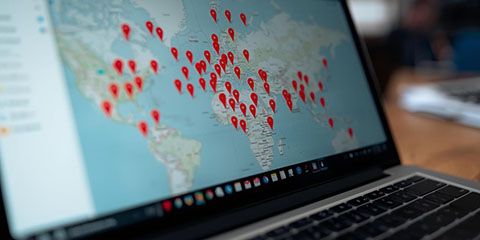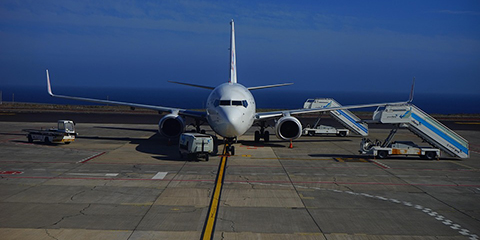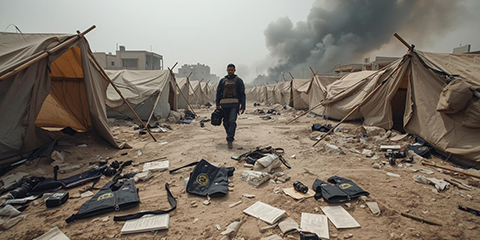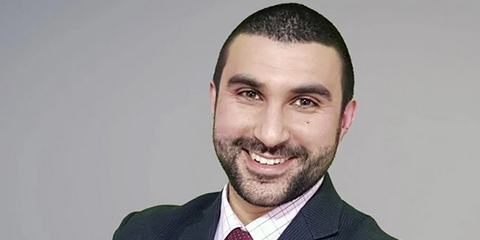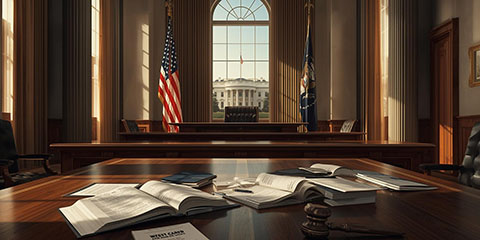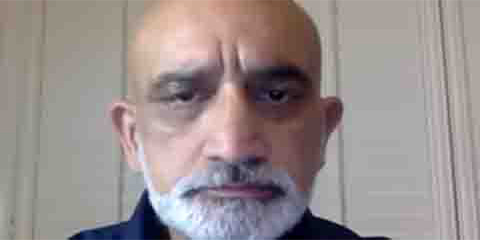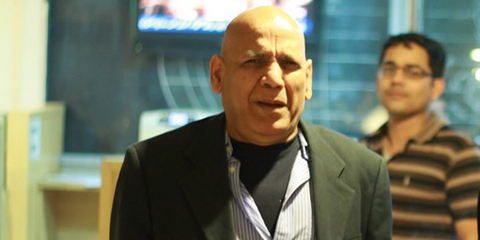X account location labels reshape Middle East reporting
JournalismPakistan.com | Published 3 hours ago | JP Middle East Desk
Join our WhatsApp channel
New account location labels on X are reshaping Middle East reporting, pushing newsrooms to update verification methods and address growing audience expectations about digital transparency.Summary
DUBAI — A new feature displaying account location labels on X is prompting media organizations across the Middle East to reassess how they verify digital content. By showing the country from which an account is registered or operated, the update is already influencing public perceptions of authenticity, forcing newsrooms to explain what these labels mean and when they can be misleading.
For many audiences, these labels now appear to offer instant clarity on whether a source is genuinely present in a conflict zone or regional hotspot. Reporters say this shift has increased scrutiny on location-sensitive material, especially in stories involving political unrest, humanitarian crises, and fast-moving online narratives.
How the labels affect frontline and diaspora reporting
Journalists covering conflict or diaspora communities are discovering that account location labels can be helpful but not always accurate. A label may reflect a VPN, a remote editorial desk, or an outdated registration address, yet audiences often interpret it as a precise indicator of physical presence. This misunderstanding has led to new online disputes and questions about the legitimacy of posts, adding pressure to reporters who already operate under challenging conditions.
Editors stress that location labels cannot replace traditional verification methods. They must be used alongside direct source confirmation, metadata checks, and cross-referencing with established reporting networks. Without careful context, a misread label can distort the audience’s understanding of a developing story.
Newsrooms review verification protocols
In response, newsrooms are updating their internal guidelines to reflect the impact of these new platform signals. Measures include clarifying digital presence rules for reporters, preparing explanations for audiences on how labels work and expanding training for staff on interpreting platform tools. Some outlets are also increasing fact-checking capacity during periods of intense regional coverage, recognizing that challenges over digital indicators can delay publication and fuel misinformation cycles.
These adjustments are expected to raise operational demands but may ultimately strengthen editorial standards. By integrating location labels into existing verification workflows rather than relying on them in isolation, media organizations aim to improve accuracy while helping readers understand the limitations of automated platform features.
As location labels become a prominent part of online discourse, newsrooms are preparing to use them carefully while guiding audiences toward a more accurate understanding of digital sources.
KEY POINTS:
- Account location labels are influencing audience perceptions of credibility
- Reporters face increased scrutiny over location-sensitive posts
- Misinterpreted labels can spark disputes and complicate newsroom workflow
- Editors emphasize that traditional verification remains essential
- Outlets are updating protocols and training to address the shift
PHOTO: AI-generated and for illustrative purposes only.



